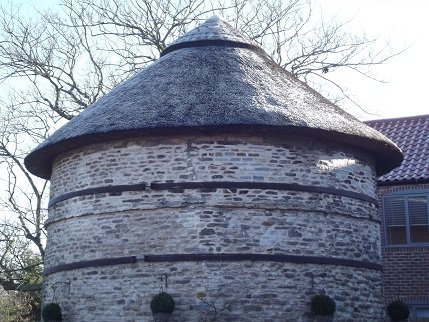History
The Nottinghamshire Building Preservation Trust was founded in February 1967, following the passing of the Civic Amenities Act, which established the concept of Conservation Areas in the town and countryside.
Prominent members of the Trust have included Prof. Maurice Barley, Harry Johnson, Ernest Lester, Jack Lowe, John Severn, Dr. Norman Summers and Keith Train.
The Trust was set up with a £4000 grant from the County Council, with subscriptions of £2000 from Local Authorities and other income from companies and individuals including Courtaulds Limited, Vic Hallam Limited, The Home Brewery Company Limited, The North Notts. Gravel Company Limited and Skills Motor Coaches Limited.
In its early days, the Trust gave grants to the owners of historic buildings, plus free advice. These grants were intended to cover the extra over costs of carrying out the most desirable restoration as opposed to the cheapest job. In 1979 the Trust stopped giving grants due to a cutback in funding, but resumed giving small grants at the request of the County Council in 1982. In 1985 the Trust were able to give small grants, but only in exceptional cases.
In 1974, the Trust faced a new challenge. A group of Stockingers’ Cottages at Windles Square, Calverton were due for demolition by the then District Council. These cottages were part of the history of Calverton and had enlarged windows where local textile workers had their looms as they worked from home.
The Trust bought the cottages and restored them to a high standard, gaining a Heritage Year Award during European Heritage Year and later selling the restored and upgraded dwellings to the newly created Gedling Borough Council as part of its housing stock.
The profit made from this transaction formed the basis of the Revolving Fund which is now the cutting edge of the Trust’s activities. This involves, when all other means have failed, the purchase of historic buildings which are at risk from neglect or development and their repair and restoration. The next stage is to carry out a feasibility study to determine the possibilities of repair and restoration and to find an on-going sustainable new use for the building. The Trust can obtain grants and low-interest loans from the Government-funded Architectural Heritage Fund based in London.
The restored building is then sold and any profit ploughed back into the Revolving Fund.
The Trust has successfully restored many buildings, both in the City and in the wider County.
However, a new role for the Trust has recently emerged and this is as an “enabler” or catalyst to spur others into making decisions on the future of threatened buildings. Historic structures became economically viable when the Trust displayed interest in them and exposed this interest as positive action.
Trust involvement has resulted in developers suddenly taking an interest in threatened buildings such as Lockeepers Cottage and Wharf Cafe, Newark where these buildings have been renovated and found new business uses.







